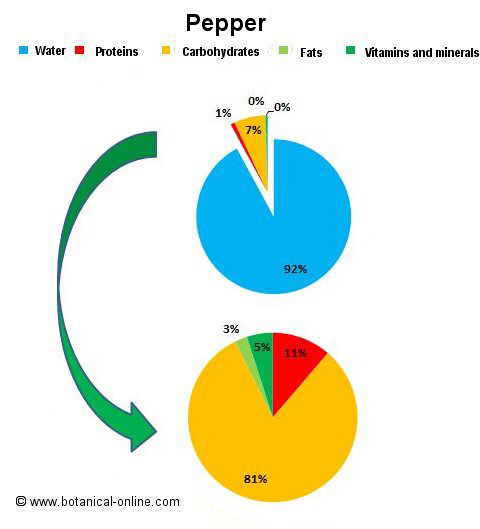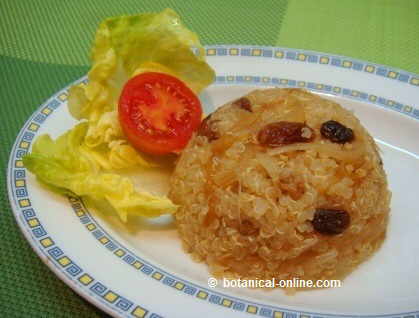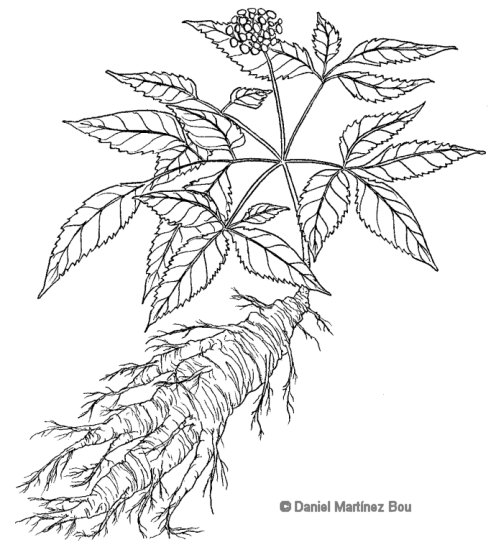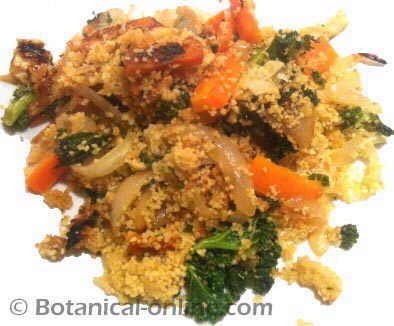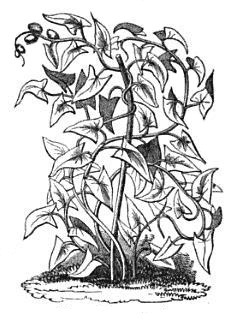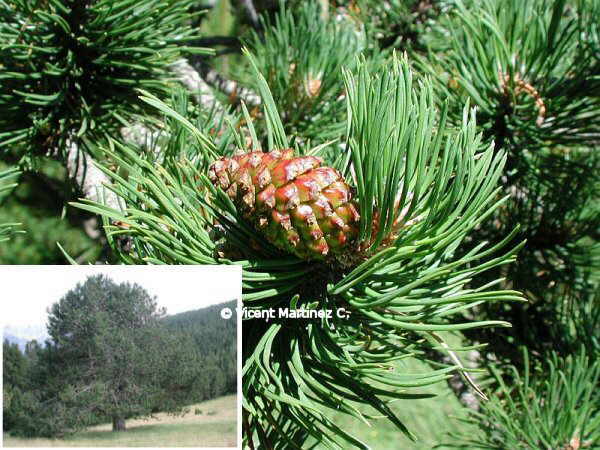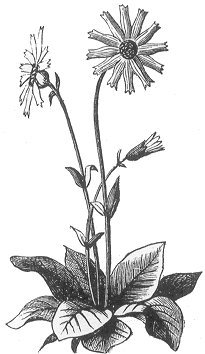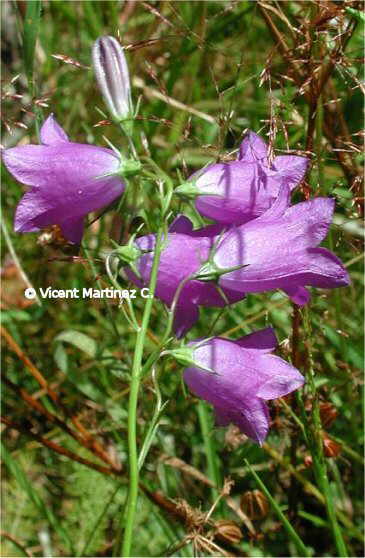Contents
Characteristics of pyrethrins
What are pyrethrins and pyrethroids?
Pyrethrins are compounds that are obtained from chrysanthemums, especially pyrethrum (Chrysanthemum cinerariaefolium = Tanacetum cinerariifolium) and garland chrysanthemum or crown daisy (Chrysanthemum coronarium= Glebionis coronaria)
Pyrethroids are a type of pesticides ( synthetically obtained pyrethrins) . They are part of numerous commercial insecticides accompanied by other products that enhance their action such as piperonyl butoxide and piperonyl sulfoxide.
What properties do pyrethrins have?

Pyrethrins and pyrethroids have insecticidal properties. By means of plants rich in pyrethrins, potions were elaborated from the antiquity to eliminate flies, mosquitos, lice and other harmful insects, as much for the man as for the animals.
Subsequently, these compounds are used to create repellent products for lice, flies, and other pests of the human species or of animals (shampoos, sprays, fly or mosquito repellents, etc.).
The effects of pyrethrins are produced by increasing the nerve impulses of the cells until they are continuous. The insects affected by this process suffer from tremors, muscle paralysis and death. It affects all insects, but especially flying insects.
Uses of pyrethrins in horticulture, veterinary, farming and gardening
- In gardening and horticulture they are used as insecticides.
- In medicine they are used for the manufacture of products for lice.
- In veterinary, for the preparation of products for domestic animals or livestock.
Toxicity: Are pyrethrins safe?
Pyrethrins degrade very easily in the open air, when exposed to sunlight, wind, water, heat, etc. Its action in open spaces usually lasts approximately between 1 and 2 hours, although in closed spaces it can last up to 12 hours.
Pyrethrins are extremely toxic to insects and to some fish and aquatic invertebrate organisms. They do not seem to be too toxic for mammals, including Man, and neither for birds.
Effects of exposure to pyrethrins in people
Humans often come into contact with pyrethrins through the skin, through contact with products that contain them; through breathing, as a result of inhaling these products dissolved in the air; or from food, when we eat contaminated food.
Normally they are not usually toxic for Man, because we, like birds, have liver enzymes capable of eliminating these components. However, it has been proven that a continued or too high use can have harmful effects also on the human nervous system, especially pyrethroids or synthetic pyrethrins, such as permithrin.
Symptoms pyrethrins toxicity
Among the main problems that can cause the human species pyrethrins we have the following:
- Headache
- Dizziness
- Itching
- Stinging in the eyes
- Sensation of being hot
- Weakness
- Muscle spasms
- Contact dermatitis
In more serious cases:
- Seizures
- Lack of mental logic
- Loss of consciousness
![]() More information on ecological treatment of plant pests
More information on ecological treatment of plant pests

